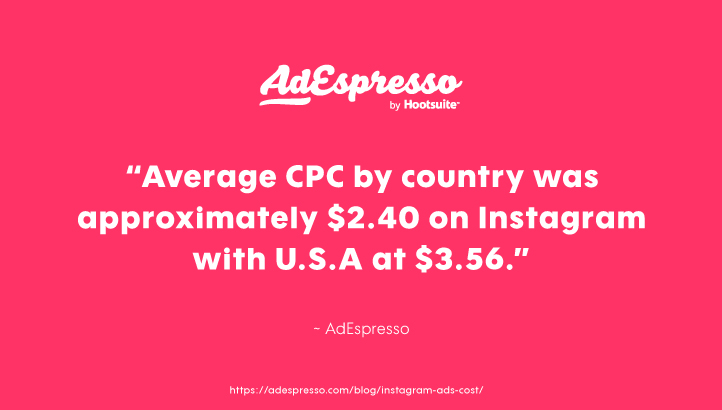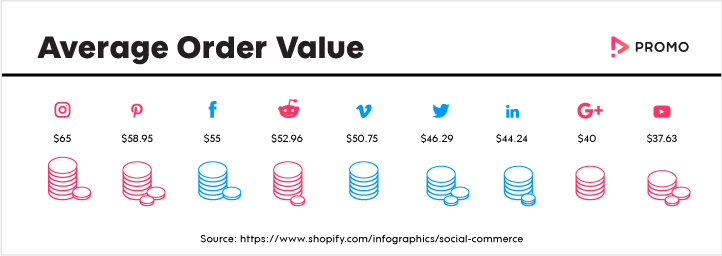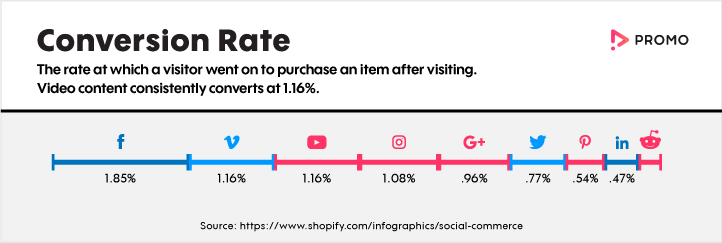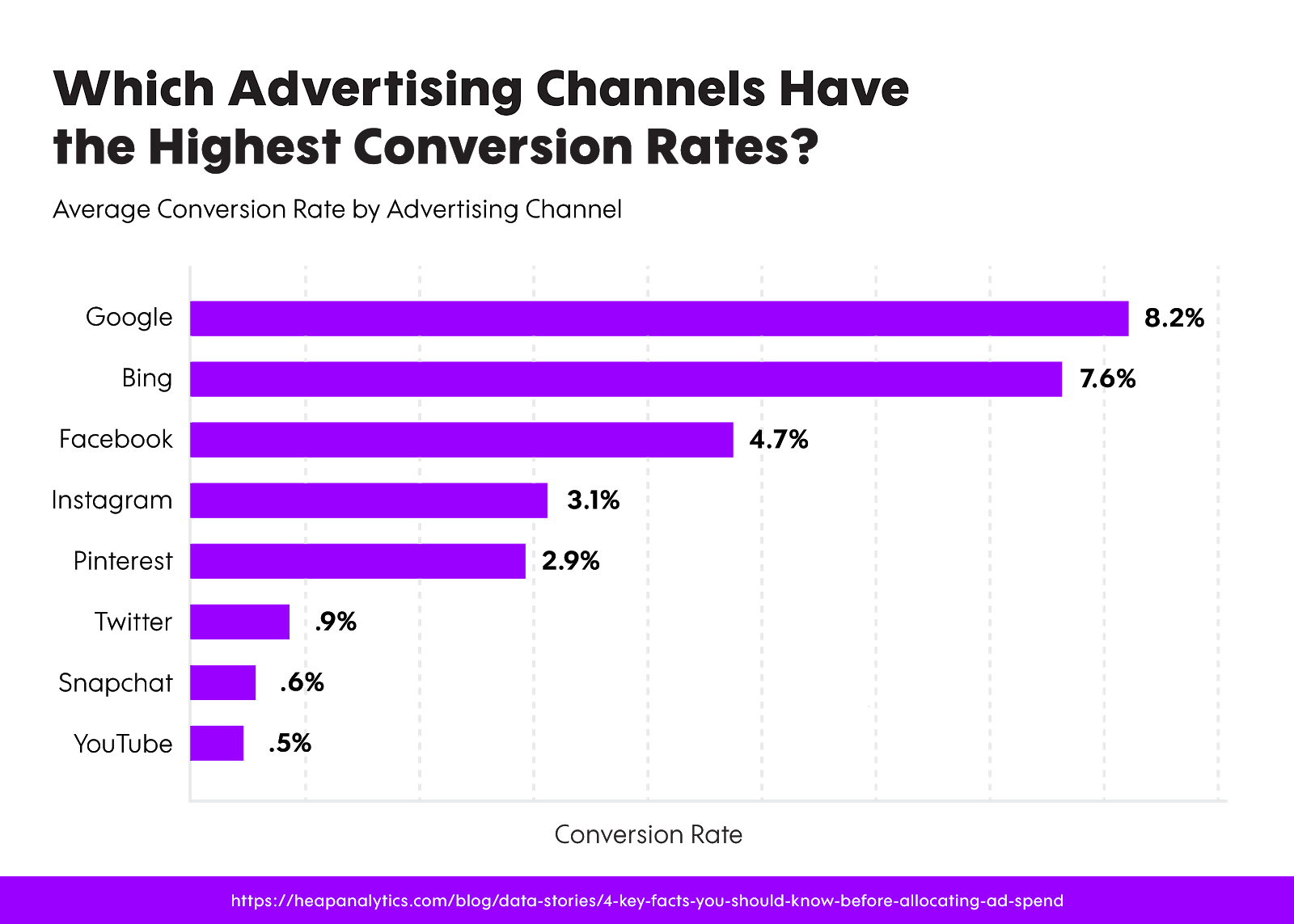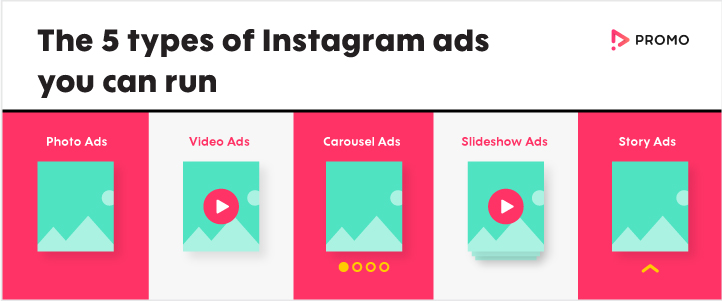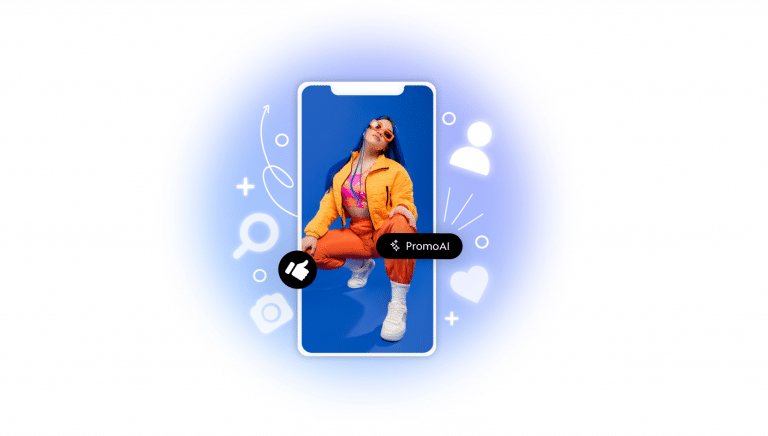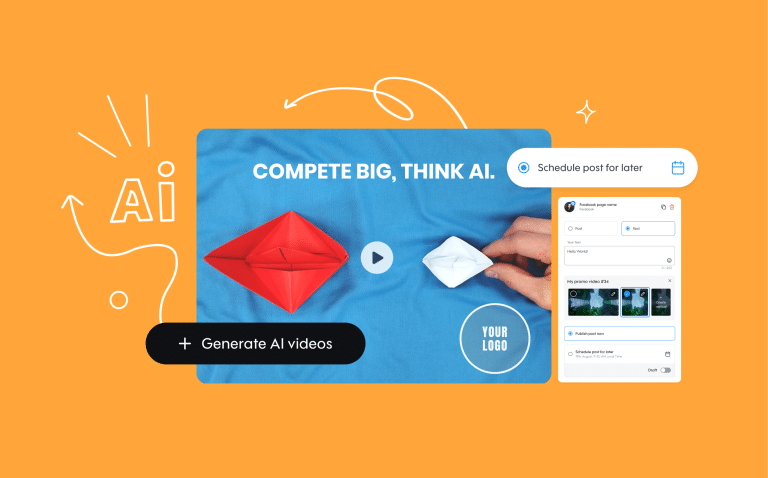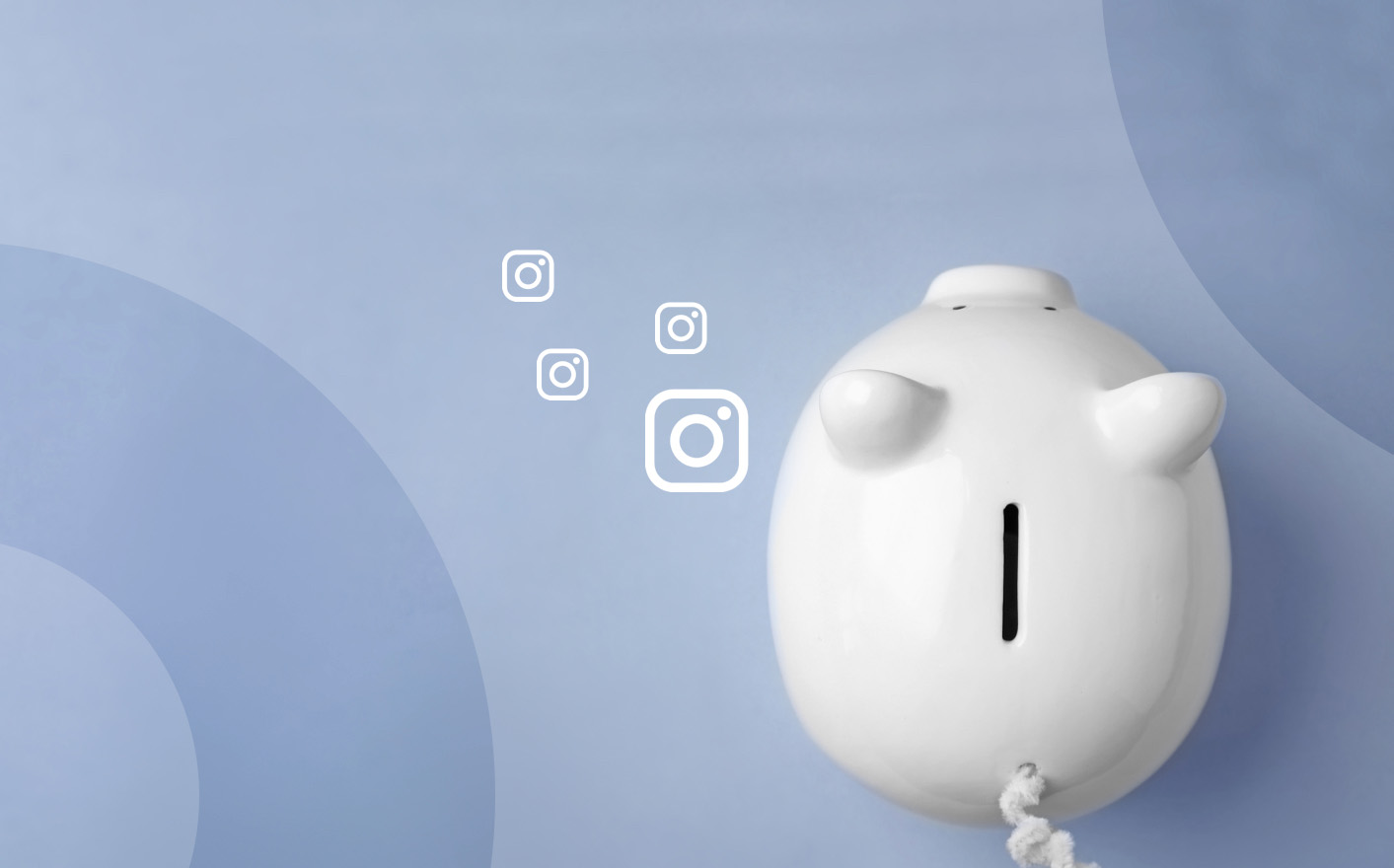
How Much Does it Cost to Advertise on Instagram?
Are you considering advertising on Instagram, but are unsure of how much it will cost? Are you wondering if your investment will be worth it?
These are both really important questions, but as you search the web, you’ll be quick to find out that this is one of those things that lacks a clear answer. Online advertising platforms all have a considerable amount of variables that impact your costs and it becomes nearly impossible to get a simple flat rate.
But don’t worry, we didn’t write this article just to completely leave you in the dark. There are definitely some ballpark numbers that can give you a better idea of how much your advertising budget on Instagram should be. Let’s take a look and see what we can learn!
The average cost of Instagram advertising
AdEspresso analyzed nearly $300 million in ad spend to find Instagram cost trends across the board. Here’s what they shared:
- Average CPC (cost-per-click) by country was approximately $2.40. However, U.S.A was the third highest CPC at $3.56.
- The highest CPC was in the 25-34 age bracket, with an average CPC for 2017 of approximately $1.07.
- The most expensive day to post on Instagram is Wednesday, with an average 2017 CPC of $1.03.
Pro-tip: There is a wealth of data in this guide, so we highly recommend you bookmark it for future reference!
When compared to other platforms, Instagram’s average costs are considerably high and costs appear to have increased slightly since 2017. However, there is a payoff that most platforms don’t have: a significantly higher ROI.
Why Instagram ads are worth their weight in ROI gold
What each business wants as far as social media ROI might vary but we all have one same common goal: We want to make more money from our paid ads than what we spend on them.
Now, when you look at the average cost for Instagram Marketing, it’s easy to think that it’s not worth the investment because of the extremely high CPC, but it’s important to remember that costs are relative.
Shopify analyzed data from 37 million social media visits in the e-commerce industry. Surprisingly, Instagram beat Facebook’s average order value (AOV) by $10, coming in at an AOV of $65.
The conversion rate on the platform is also one of the best in the industry.
This study was conducted a few years back, but others have researched the data and consistently found that the Instagram conversion rate has only improved.
In fact, Facebook and Instagram are the top social media ad platforms for conversion with Instagram at 3.1% compared to other platforms like YouTube at 0.5%.
(Source: Heap)
There are many brands that have advertised on both Instagram and Facebook and have seen great results.
For example, online underwear subscription brand MeUndies “ran Facebook and Instagram video and photo ads using value-based lookalike audience targeting, resulting in a 97% increase in incremental purchases compared to other targeting methods.”
Another startup called Memebox ran a “video ad campaign to build brand awareness and spur sales for a new product, achieving a 5.9-point lift in ad recall and a 15% lift in purchase conversion rate.”
These kind of results are hard (more like, impossible) to get when trying to grow organically on the platform because your reach is often very limited and sporadic.
So, yes, Instagram’s average CPC may cost more compared to other platforms, but that’s because of the value the network has to offer is above par in the industry.
There are important factors that influence the cost of your ads and help bring them down. Let’s take a look:
Factors that impact how much Instagram costs – and how to use it to your advantage
Facebook owns Instagram so you have to use the Facebook ads platform to create an Instagram ads campaign. Therefore, the factors that impact costs on Instagram are nearly identical to those for Facebook.
There are five main factors that impact the cost for Instagram & Facebook ads:
- Ad Goals/Objectives
- Ad Auctions/Bidding Strategy (type and amount)
- Quality of the Ads This included video quality, which impacts your Relevance Score and Estimated action rates)
- Target Audience (Audience Targeting)
- Industry/Vertical
You can learn more about all five of these in our Facebook Advertising Cost article. Even though Facebook owns Instagram, they’re still not the same social platform and there are some differences.
Bidding strategy
We could easily write a novel on the topic of ad objectives, bidding strategy, and Facebook ads optimization (and we sort of did in our Facebook Advertising Guide!) There’s a lot of debate around this subject and how these can impact your costs.
But for the purposes of this article, we’re going to see how ad goals and ad auctions impact your costs. 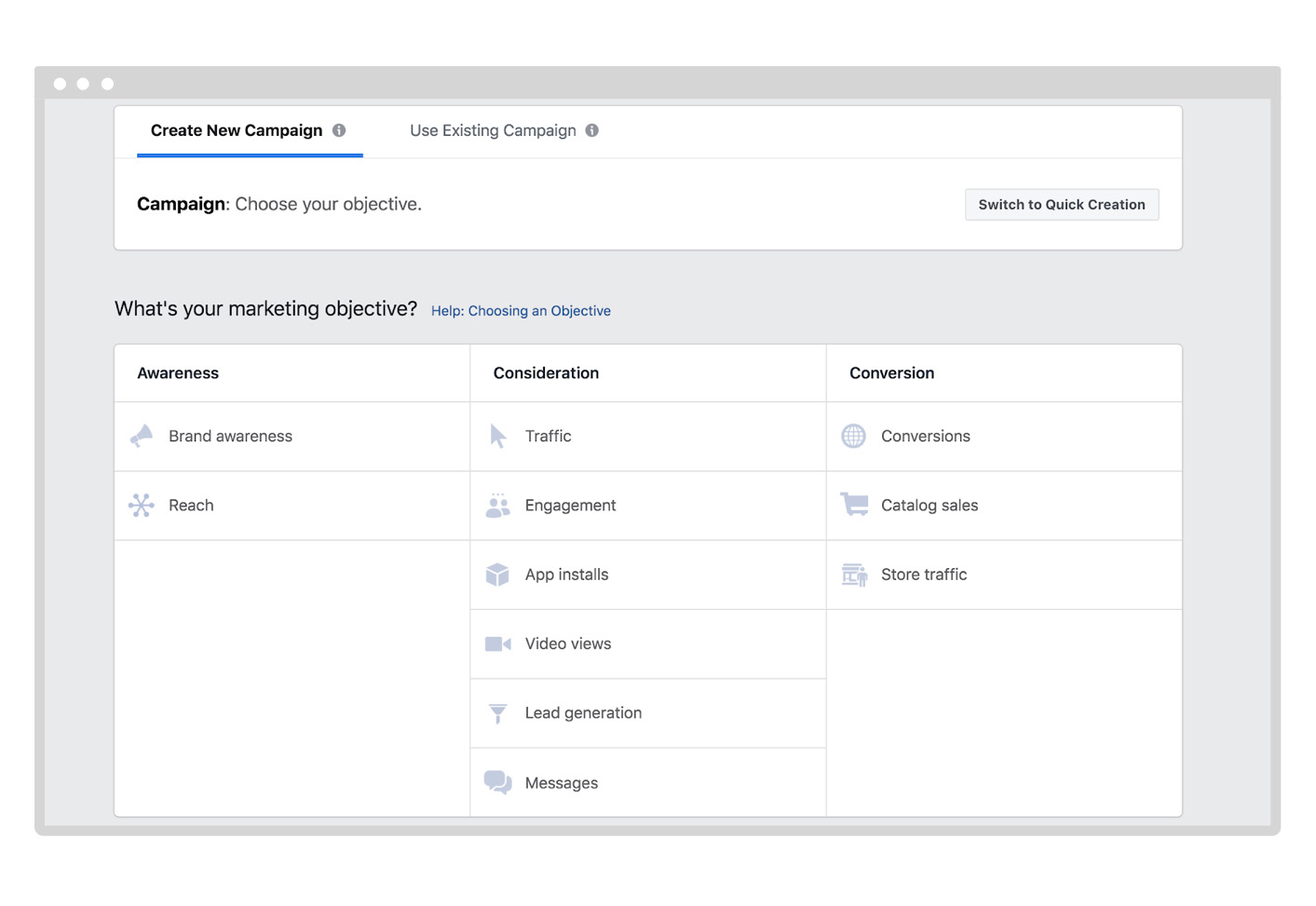 The very first thing you have to choose when setting up an ad for both Instagram and Facebook is a campaign goal (or objective). For example, if you want more video views for your ad, then you should choose Brand Awareness or Reach as your objective. Once you choose an objective, the Ads Manager will automatically set up your bidding strategy accordingly.
The very first thing you have to choose when setting up an ad for both Instagram and Facebook is a campaign goal (or objective). For example, if you want more video views for your ad, then you should choose Brand Awareness or Reach as your objective. Once you choose an objective, the Ads Manager will automatically set up your bidding strategy accordingly.
| Side note: In the past, you could choose between automatic bidding and manual bidding, but updates to the platform now offer “Lowest Cost” as the new auto-bid standard and manual bidding is tucked away inside of bid cap. |
While most objectives will only let you go with the Lowest Cost bidding strategy, other objectives like Lead Generation or Conversions unlock the choices of Lowest cost, Lowest cost with a bid cap, and Target cost — these options give you more manual control of cost.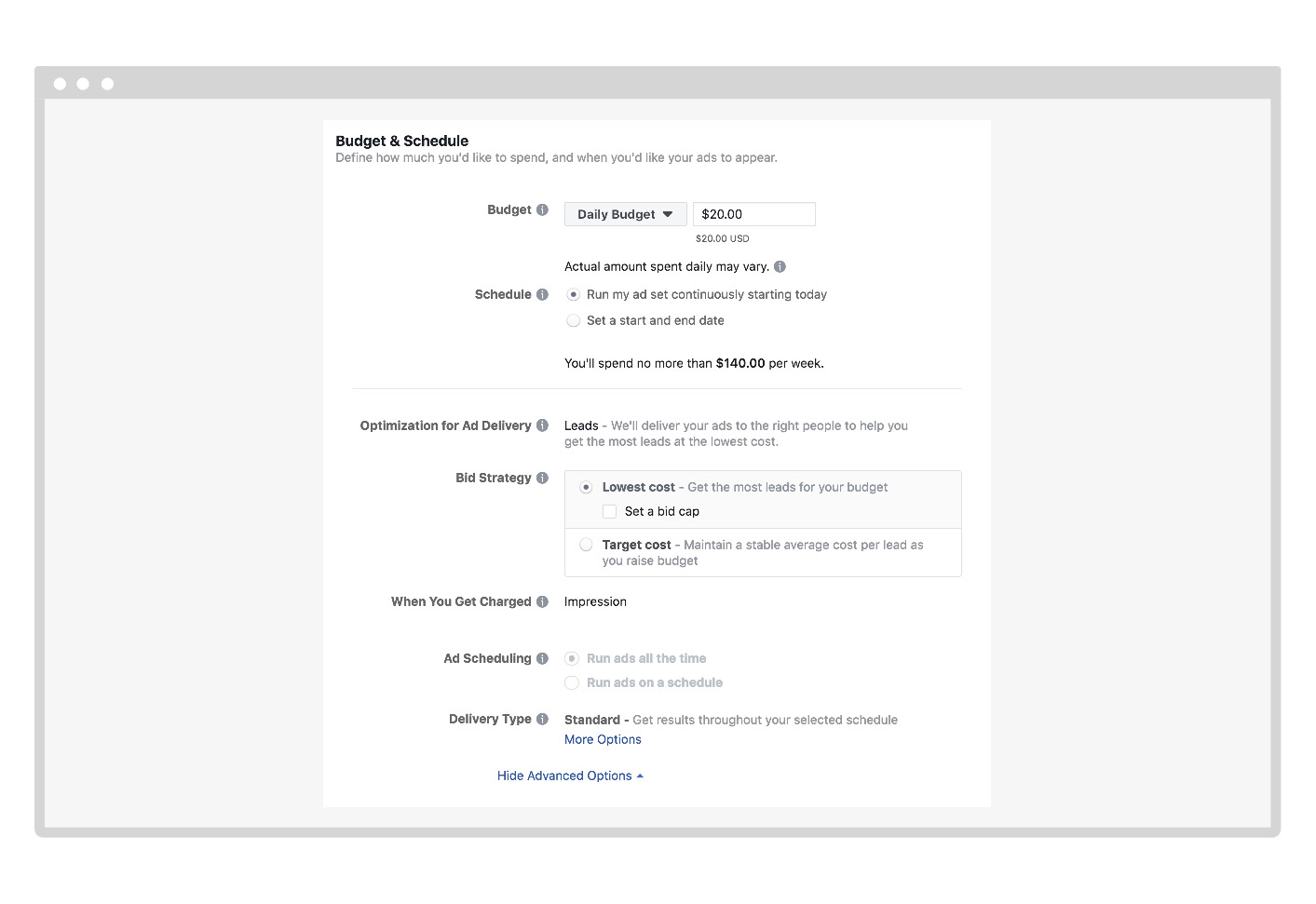 Once you select the objective, you’ll be select your bid strategy, and optimize your ad budget accordingly (set at Daily budget or Lifetime budget). After you start running your ads, you can start to measure various costs:
Once you select the objective, you’ll be select your bid strategy, and optimize your ad budget accordingly (set at Daily budget or Lifetime budget). After you start running your ads, you can start to measure various costs:
- Cost per click (CPC)
- Cost per 1000 Impressions (CPM)
- Cost per action/conversion (CPA)
- Cost per Like (CPL)
While advanced objectives such as Conversions are likely to cost more than less-demanding objectives like Impressions, it’s important to remember that ROI is the end-goal. So keep in mind that even if certain objectives cost more, it is probably because your earning potential is higher as well.
The cost of Instagram advertising factors in a lot of things. As you start to test your ad campaigns, you’ll find a custom mix that works for you and your budget.
Placement
Even though Facebook owns Instagram and you can set up ads (including video ads) for both, you can choose to run ads on one or the other.
If you choose to only use ads on Instagram, then the selection for ad placement narrows down quite a bit.
You can run five different types of Instagram ads:
- Photo Ads
- Video Ads
- Carousel Ads
- Slideshow Ads
- Story Ads (Photo and Video)
As Instagram is a mobile-centric platform, your ads will appear either within the mobile feed or in the Stories format (which narrows things down).
When AdEspresso looked at how ad placement impacts costs, they found that ads in Stories were the most cost-effective. While this can vary from industry to industry, it’s important to keep this factor in mind when you’re looking to manage your costs better.
Pro-tip: When setting up your Instagram ads, you can split test your ads to find the ad that is converting the best at the lowest rate. You can test the same ad on mobile feed versus Story format to find what works best for you.
Timing
When building a social media strategy, timing is a super important factor. It’s important to consider what is the most impactful time to post content on Instagram. Here is some data from 2018 that AdEspresso researched and compiled:
- The first three quarters of the year has significantly less expensive for ads across the network compared to the last quarter. (Q4 spikes are likely due to holiday sales.)
- The months of May through July had the best ROI.
- Wednesday proves to be the most expensive day of the week to run an ad while Saturday through Tuesday is the lowest. However, days that are more expensive tend to have better engagement overall so it can balance out.
Pro-tip: Engagement drops on the weekends, but the CPC is also generally less expensive during this time. Test your ads on a weekend and then during the week to see if there is a difference that impacts your objectives and adjust according to your findings.
Ad quality
The quality of your ads makes or breaks their success.
When your research cost on Instagram, you’ll find that there are two important factors that are stressed again and again:
- Your Relevance Score which gauges how relevant Instagram thinks your advertisements will be to the people you target.
- Your Estimated Action Rates (EAR) which rates how likely Instagram thinks that people will take the action on your ad.
It’s important to note that these only come into play after you’ve started running your ads, not before.
How does this convert to quality? You can have the best ad on the planet, but if it’s not relevant to the audience you’re targeting then it will be considered low quality. These low-quality ads shoot your costs up by A LOT. This is why it’s also extremely important to make sure that you’re targeting the right audience so you’re not wasting any money.
Quality can also mean the actual quality of the image, copy, or video itself. Grainy images and low-resolution videos are not going to convert well or at all. Honestly, you’d be better off burning your money than serving your audience bad visuals since this will adversely impact their perception of you, so please don’t do it!
Therefore, to achieve a high Relevance Score and Estimated Action Rates, you need to focus on the quality of your ad as a whole.
So, how do you create high-quality ads for Instagram?
The most important thing to start with is high-quality videos, and we’re not the only ones who think so. Instagram’s platform is highly-visual. You’re there to see photos and to watch short clips from family, friends, and brands you follow. Videos are booming on Instagram and growing with a jaw-dropping 80% increase year-over-year.
Basically, your ultimate goal is to produce high-quality video ads that target the right audience.
The difference between organic posts and paid ads on Instagram
Paid Advertising on Instagram unlocks a variety of features that aren’t available when posting organically. With organic posting, you can post images and videos to your feed, IGTV, and stories, but there are a few added bonus to paid ads:
- Reach. While you can get quite a bit of reach on the Instagram organically, it takes a lot of planning and strategy to do so. When running ads, you can expand your reach beyond whatever you could do organically.
- CTR (click-through-rate). Ads are designed to stand out among the rest of the crowd. In fact, in Q1 of 2018, ads on Instagram consistently averaged a CTR of 52% and show a 42% lift in Your performance. This, in some part, is thanks to the next feature that Instagram ad marketing opens up to us.
- Outgoing Links. When you’re posting organically to the social media platform, the only outgoing links come from the link in your bio and in the Story Swipe Up feature (if you have more than 10K followers). But when you run paid ads, you instantly unlock the feature of adding outgoing links from both your Story ads and ads in the feed. Paid advertisements in the mobile feed have a CTA button with a colored background, and if you’re using a carousel ad, the color can change under each image or video.
- Longer story videos. Regular video Story posts on Instagram only last for 15 seconds before automatically sliding content to the next frame. With Story Ads, that timeframe extends allowing you to post a video ad that is a maximum of 60 seconds long. That’s the same as your average TV commercial, which gives you quite a lot of time to share a compelling story that drives your audience to action.
The number one mistake people make with Instagram ads
What’s the most common mistake?
Not. Enough. Testing.
It took Thomas Edison 1,000 attempts to get the lightbulb to work correctly. And, no, we’re not suggesting you do the same.
However, if you want to see the fruits of your labor, then you need to be continually testing:
- Who you’re targeting
- When you’re running your ads
- The type of ads you run
- The creative images and videos you use
As you start to test your ads and get acquainted with the targeting options available for Instagram, you’ll be able to find the ads that work for you and your budget.
The ROI for Instagram is there, so even if you have to dig for it, the pay off will be worth it for your brand and your bank account.
[banner id=11541]
